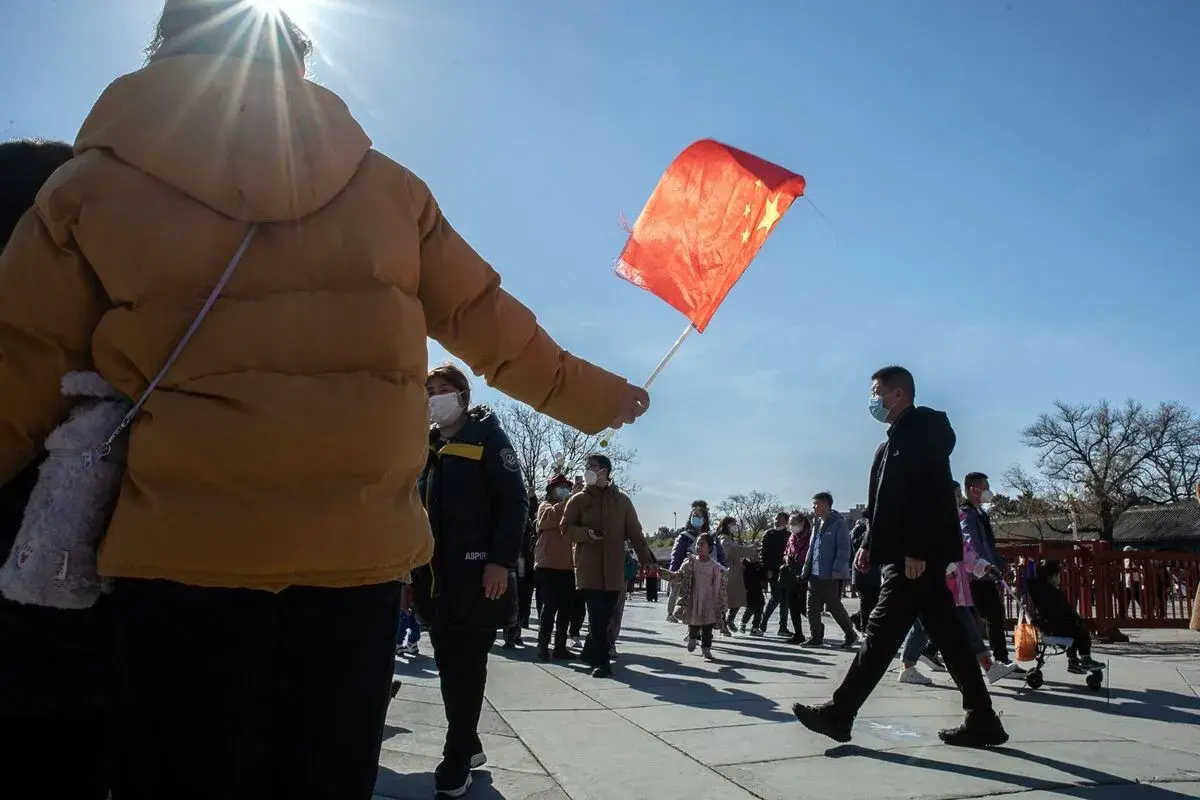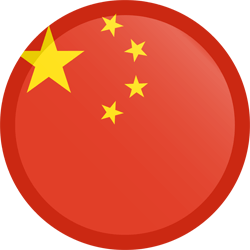- cross-posted to:
- finance
- cross-posted to:
- finance
Cross-posted from: https://beehaw.org/post/11465014
China is embarking on its biggest consolidation in the banking industry by merging hundreds of rural lenders into regional behemoths amid growing signs of financial stress.
After engineering mergers of rural cooperatives and rural commercial banks in at least seven provinces since 2022, policymakers pinpointed tackling risks at the $6.7 trillion sector as one of its top priorities for this year. That means another wave of consolidation is on the way across the nation.
China’s banking industry has been weighed down by a litany of troubles over the past years, including a deepening slump in the real estate market and an overall fragile economy. The 2,100 banks in the rural cooperative system saw their bad-loan ratio stand at 3.48% at the end of 2022, more than twice as high as that for the whole sector.
"It’s where risks are the most concentrated among smaller financial institutions, so China is pushing the reform at a faster pace,” said Liu Xiaochun, deputy director of think-tank Shanghai Finance Institute. “And one key solution to resolving the risks is through mergers and reorganizations.”
The stakes are high politically as well. Hundreds of people protested in central Henan province in 2022 after a multi-billion-dollar scam at several local lenders left them clamoring for their savings.
Jason Bedford, who predicted earlier troubles at China’s regional banks that rocked markets in 2019, said the rural cooperatives are “probably the least transparent part of the banking system.” China has disposed of bad debt equivalent to about 13% of its gross domestic product in its last big cleanup of the banking system during 2016 and 2022, he said.
“We’re left with only a toxic tail of significantly smaller institutions,” said Bedford, a former analyst with Bridgewater Associates and UBS Group AG. While the contagion risk across the financial system is seen limited, these lenders can be “very disruptive” within their specific regions should they blow up.
While China’s multi-year crackdown on risks has halved the total number of high-risk lenders to 337 by June, some 96% of them were small rural commercial banks and credit cooperatives as well as village and county banks, according to the central bank.
First created in early 1950s, the cooperatives were in their early days mutually-funded, collectively-owned institutions by farmers in socialist communes. The majority of them had been transformed into rural commercial banks over the years.
While the system plays a crucial role in lending to underdeveloped areas, many had long struggled with weak profits, soured assets and lax governance. The group has also been operating in a more difficult environment since 2019, when China’s push for more loans toward small and medium-sized enterprises triggered a price war with bigger banks.
Lack of oversight and proper governance at these lenders has been a persistent issue. Some rural cooperatives are operated essentially as a “cash machine” for big shareholders, the central bank said in its 2023 financial stability report. Some had also deviated from their policy role of servicing the rural and agricultural areas by extending big loans to other areas to achieve growth.
The latest push to merge lending cooperatives got underway in 2022, when regulators called on transforming 25 provincial-level cooperatives created in the early 2000s into modern financial enterprises to further cut risks.
The government had since authorized seven provinces to consolidate their over 500 smaller lenders either through mergers or a shareholding structure, according to data compiled by Bloomberg. While the mergers created bigger financial institutions, they aren’t necessarily stronger because the transactions weren’t always done in a market-oriented approach.
One case is Liaoshen Bank Co., which China created in 2021 to absorb dozen lenders with soured balance sheets. The lender still had a bad loan ratio of 4.67% as of end-2022, according to its filing, compared with 1.85% for city commercial banks on the whole.
“The reform will have to really tackle the problems instead of sweeping them under the rug,” said Liu, who in early years of his career oversaw some rural credit cooperatives for Agricultural Bank of China Ltd. in Zhejiang. “Legacy issues could cripple the operations of newly formed institutions if they’re simply covered up, and in a worse case induce more problems and bigger hazards.”
Conflicts may also arise on internal management level, as all parties brought together, strong or weak, will now have to carve up one big cake, according to Shen Meng, a director at Beijing-based investment bank Chanson & Co.
“You don’t really get a big ship by just bundling ten dinghies,” Shen said. “The fundamental issues are still left unresolved."


